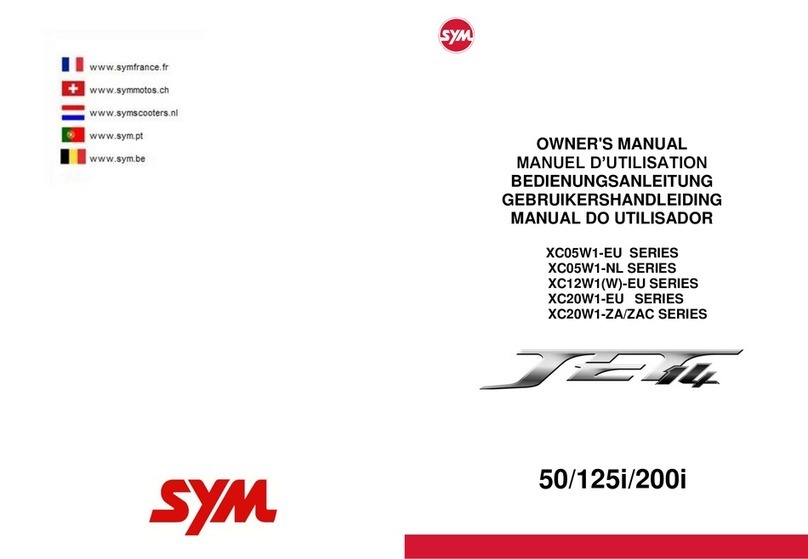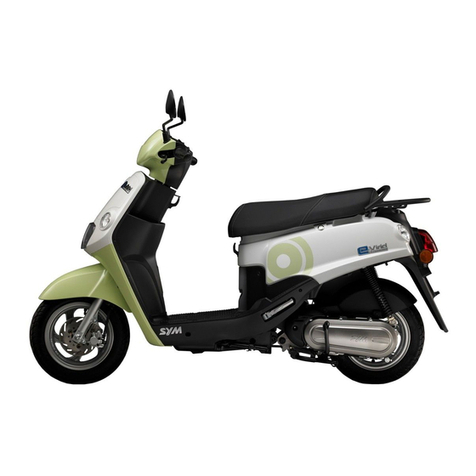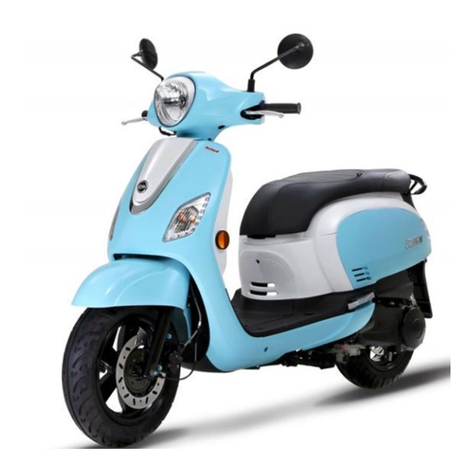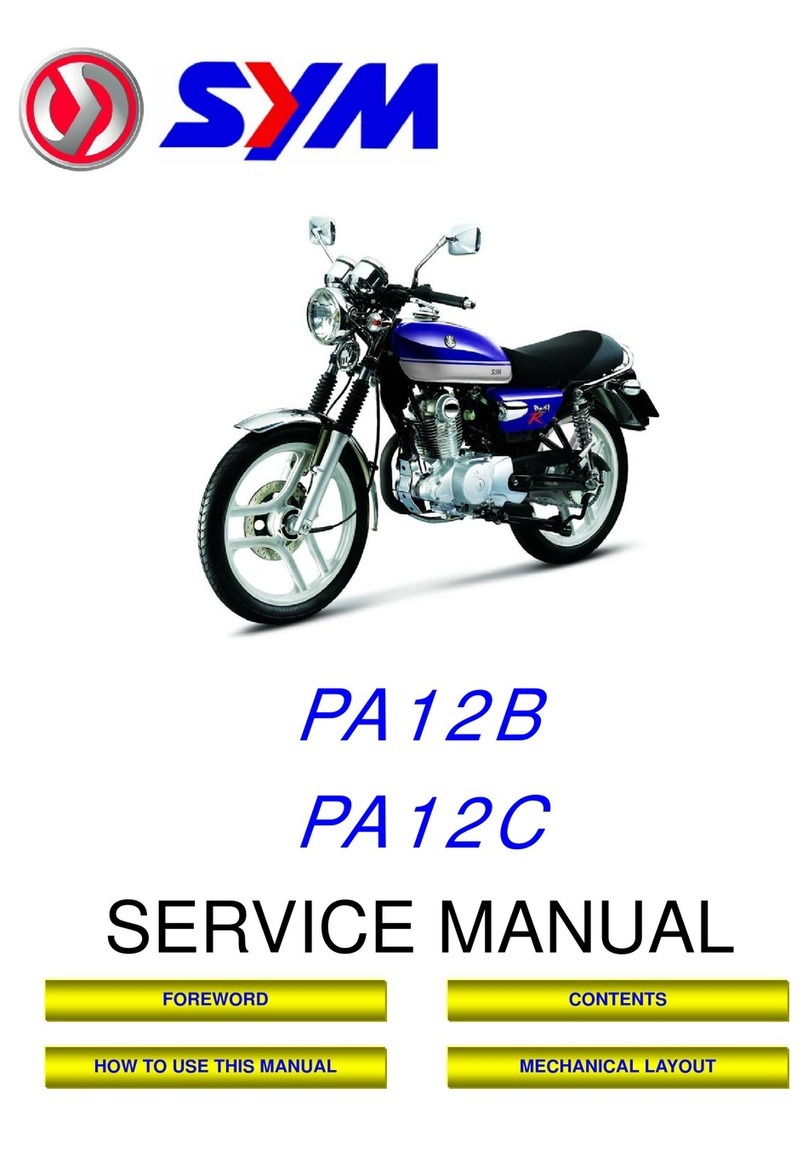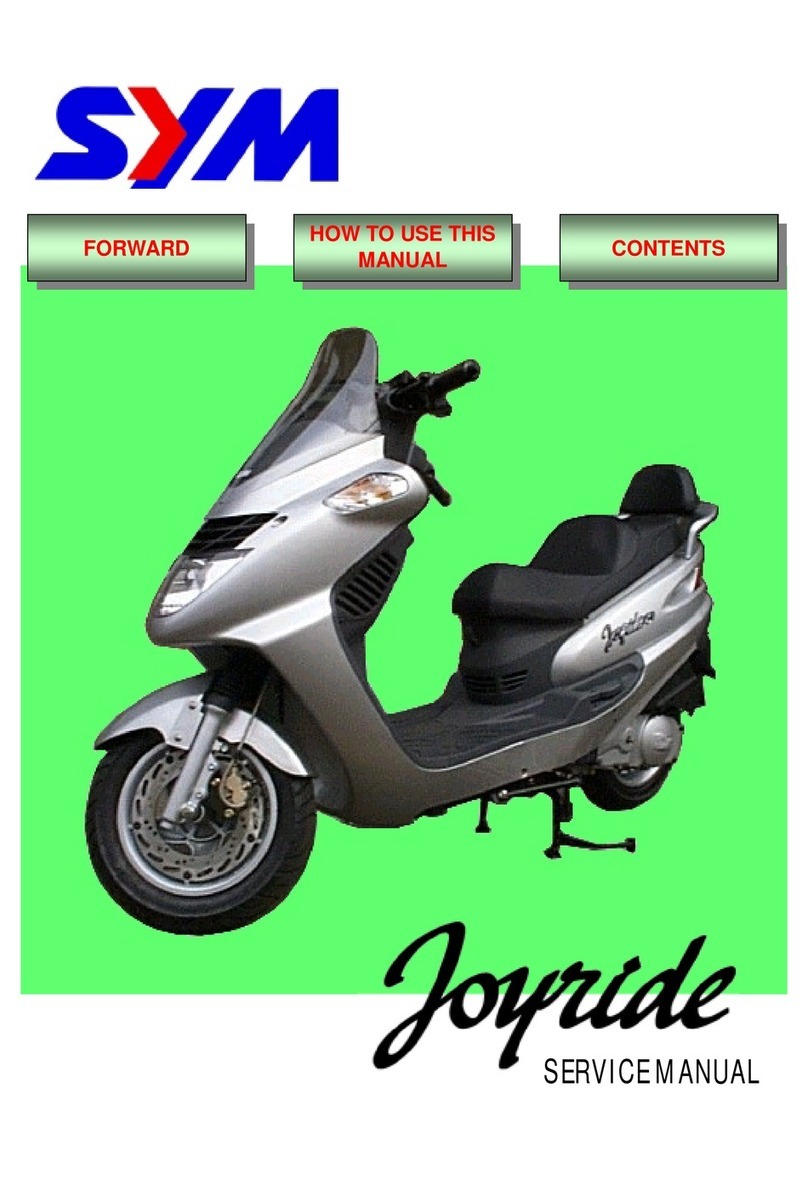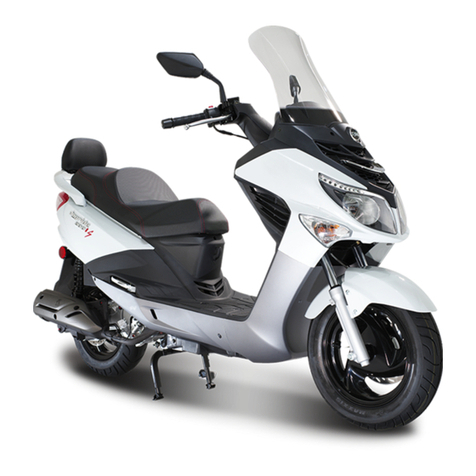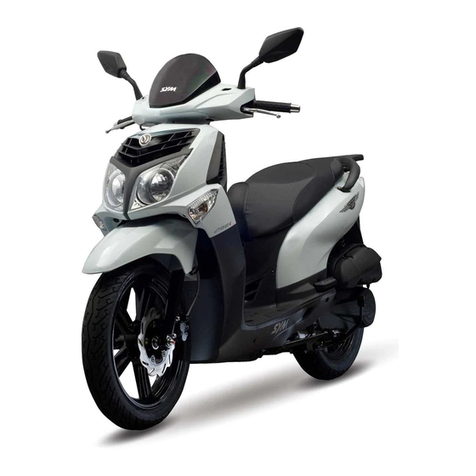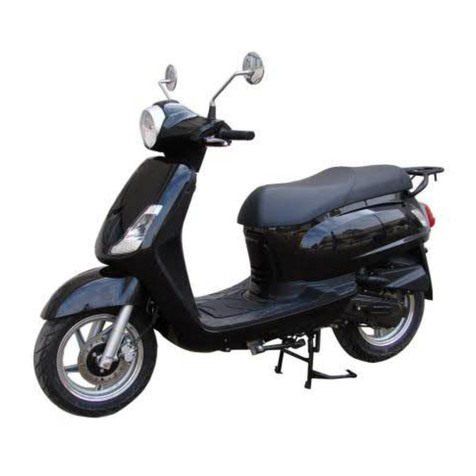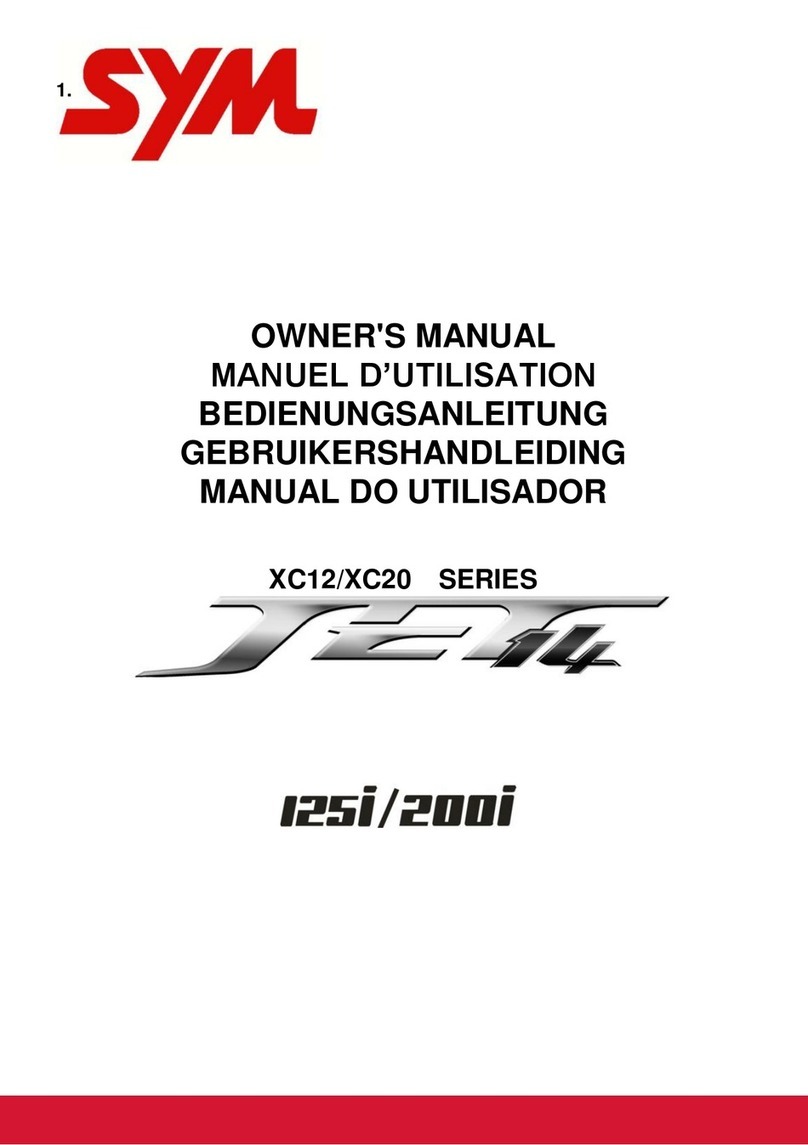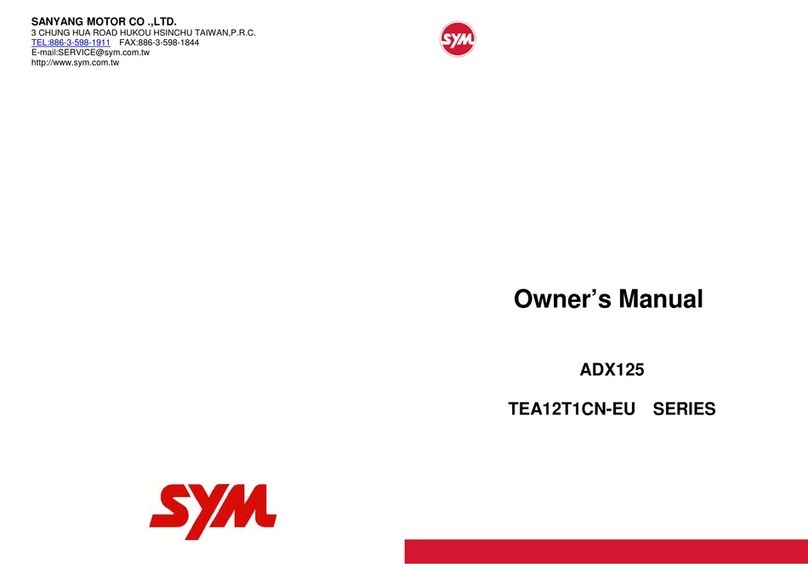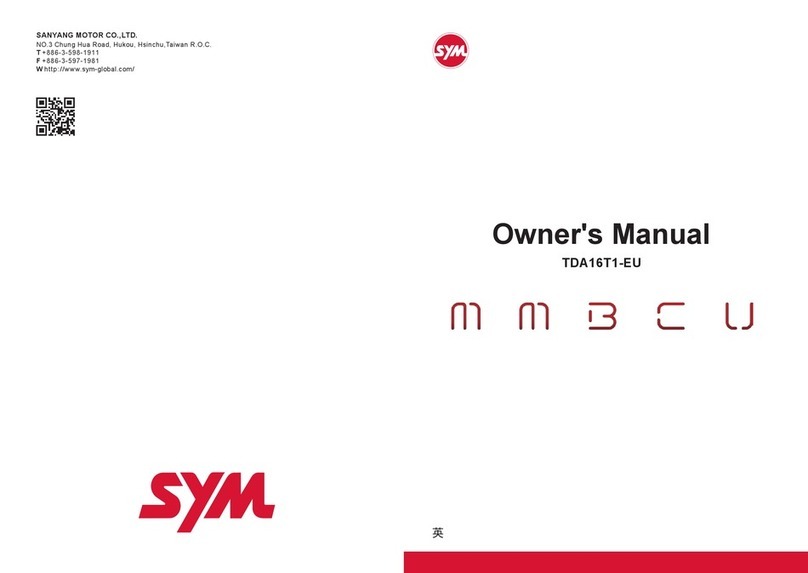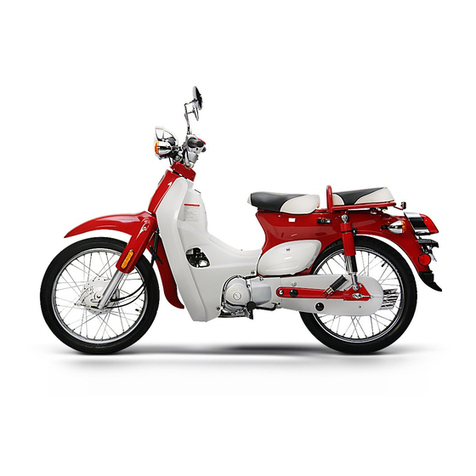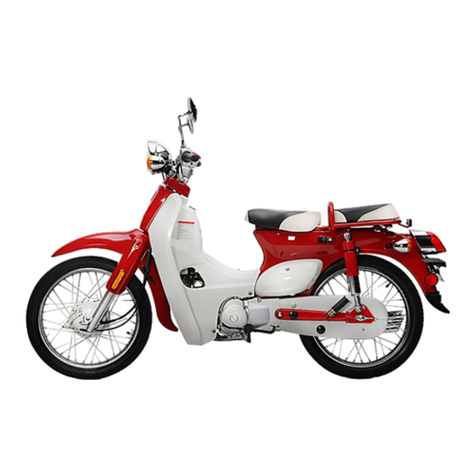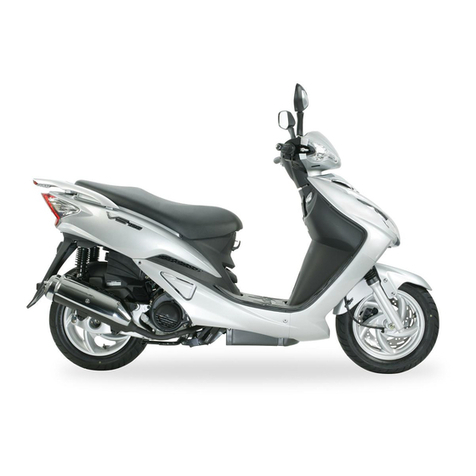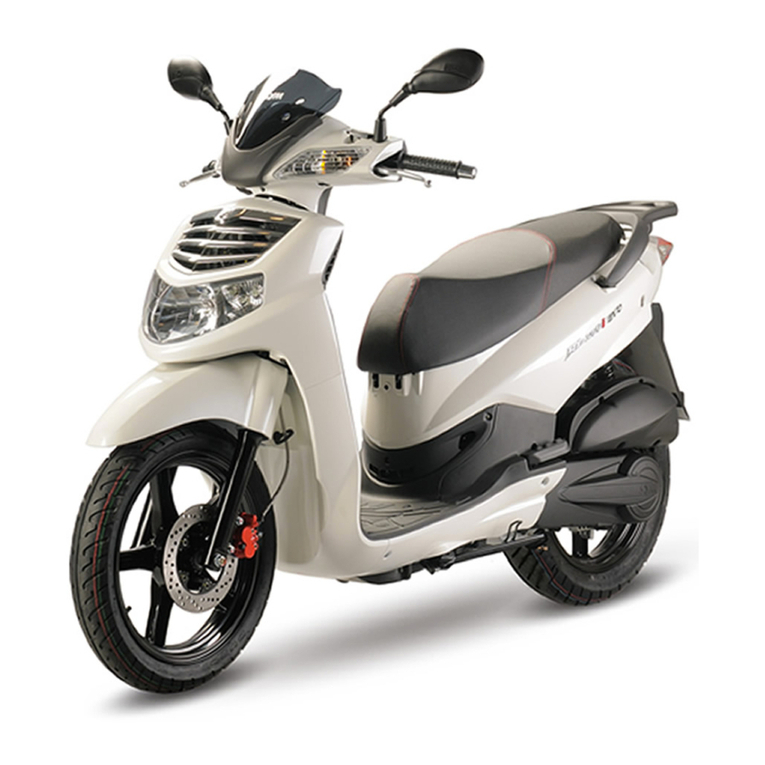1. Contents ....................................................................................................................... 1
2. Control Location ......................................................................................................... 3
3. Before Riding .................................................................................................................4
4. Safe Riding .................................................................................................................. 4
5. Driving .......................................................................................................................... 5
6. Use Genuine Spare Parts ........................................................................................... 5
7. Use of Each Component ............................................................................................. 6
Multi-Function Display......................................................................................................... 6
Operation of Ignition Switch ............................................................................................... 8
Use of Buttons ...................................................................................................................9
Power Supply Port .......................................................................................................... 10
USB charge unit with blue led .......................................................................................... 11
Luggage box .................................................................................................................. 12
Fuel Tank Cap ............................................................................................................... 12
Rear footrest .................................................................................................................. 12
Brake ............................................................................................................................ 12
Anti-lock Brake System ................................................................................................... 12
8. Important Points and Cautions for Starting Engine ............................................... 13
9. The Best Way to Drive off ......................................................................................... 14
The Control of Throttle Grip Handle .................................................................................. 14
Parking Method .............................................................................................................. 13
10.Inspection and Maintenance before Riding ..............................................................15
Routine Inspection .......................................................................................................... 15
Engine Oil Inspection and Change .................................................................................... 15
Fuel Inspection .............................................................................................................. 16
Transmission Oil Inspection and Change ........................................................................... 16
Inspection and Adjustment of Brake Free Play ................................................................... 17
Disc Brake Inspection ...................................................................................................... 17
Throttle Grip Handle Clearance Adjustment ....................................................................... 18
Inspection and Maintenance of Battery .............................................................................. 19
Tire Inspection ............................................................................................................... 20
Steering Handle Front Shock Absorbers Inspection ............................................................. 20
Rear Cushion Hardness Setting ....................................................................................... 21
Checking and Changing Fuses ......................................................................................... 21
Checking the Turn Signal Lights and Horn ......................................................................... 21
